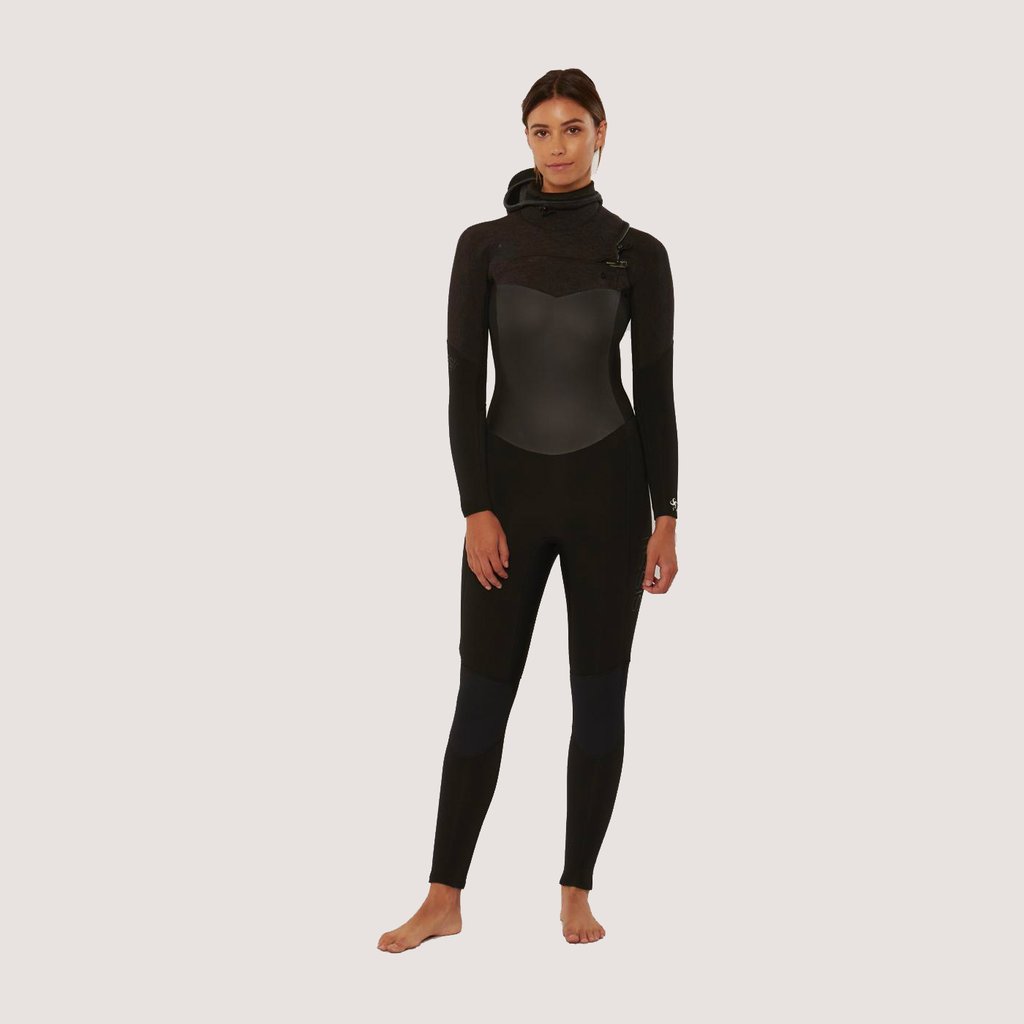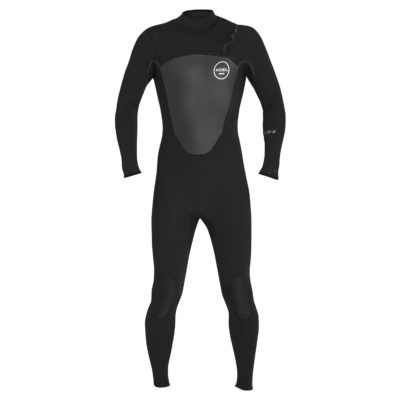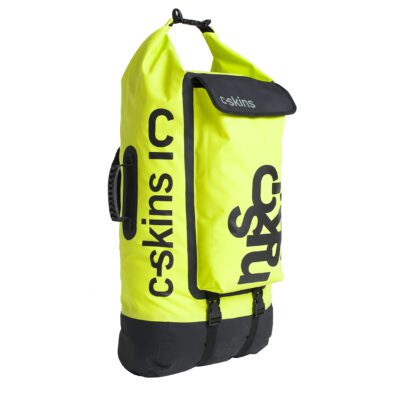Description
WARMTH & STRETCH
• 100% Super stretch Japanese limestone based neoprene – lighter, warmer, softer, stretchier, easier to put on and take off, and allows for more freedom of movement
• Full body & hood Thermal Brain Fuzz lining insulates heat and dries fast
• Dope Dyed Fabric – a softer, eco-friendly, anti-fade stretch jersey made by Bluesign approved mills
FIT
• Tailored fit – anatomically correct engineered body lines allow for unrestricted performance and warmth
DURABLE & WATERTIGHT
• Chest-zip entry, minimal bulk with contoured water tight design
• Tripled glued seams
• Vissla super stretch Neo 2.0 tape allows for maximum seam sealing while having unrestricted stretch and comfort
• Smoothy Panels – Wind & water-repellent – Smoothy panels on the back acts as a barrier against the cold where it’s needed the most
• Easy access secure key cord
• Knee pad, Supratex abrasion resistant for flexibility and strength
• Liquid tape cuff seals to prevent flushing at cuffs
• Glideskin on the neck seals to skin to prevent flushing
CARE
• Treat with special care! Rinse wetsuit thoroughly inside and out with fresh water
• Hang dry in a cool shaded area and avoid hanging in direct sun light. When changing, avoid standing on the wetsuit
• Smoothy panel on back – use extra caution when putting on and taking off wetsuit.







